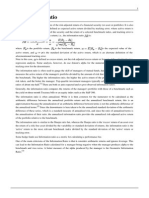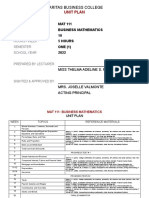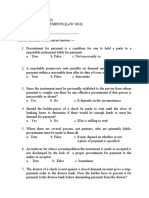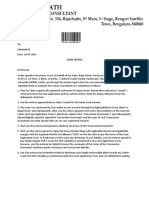0% found this document useful (0 votes)
84 views3 pagesIntro To Crypto Trading Notes
Cryptocurrency trading involves buying and selling digital currencies for profit, utilizing methods such as spot trading and derivatives. Key concepts include exchanges, wallets, liquidity, and volatility, with various trading types like day trading and HODLing. Essential practices for traders include risk management, avoiding common mistakes, and understanding market psychology.
Uploaded by
ilohugochukwuCopyright
© © All Rights Reserved
We take content rights seriously. If you suspect this is your content, claim it here.
Available Formats
Download as DOCX, PDF, TXT or read online on Scribd
0% found this document useful (0 votes)
84 views3 pagesIntro To Crypto Trading Notes
Cryptocurrency trading involves buying and selling digital currencies for profit, utilizing methods such as spot trading and derivatives. Key concepts include exchanges, wallets, liquidity, and volatility, with various trading types like day trading and HODLing. Essential practices for traders include risk management, avoiding common mistakes, and understanding market psychology.
Uploaded by
ilohugochukwuCopyright
© © All Rights Reserved
We take content rights seriously. If you suspect this is your content, claim it here.
Available Formats
Download as DOCX, PDF, TXT or read online on Scribd
/ 3






















































































